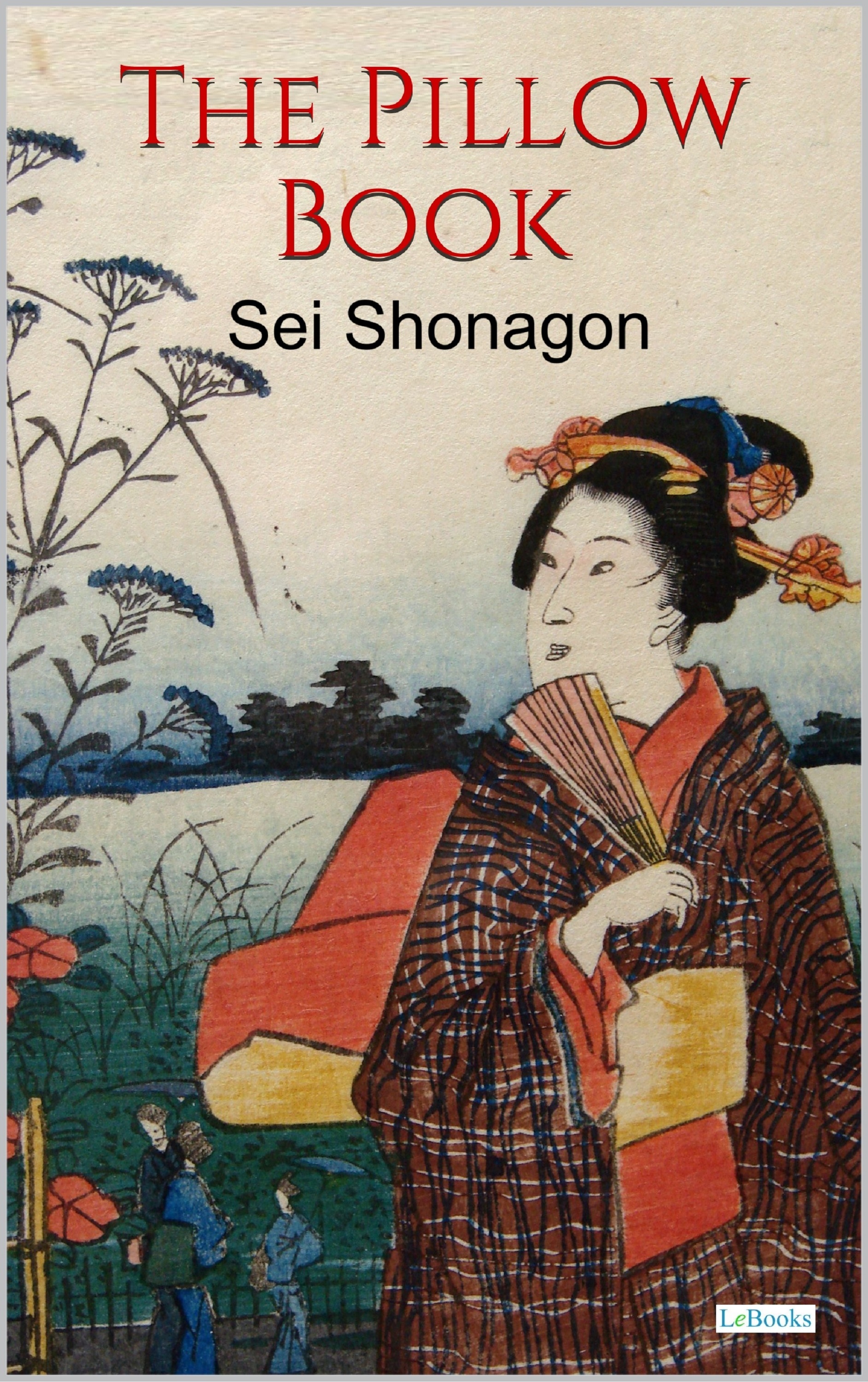
The Pillow Book by Sei Shōnagon is a fascinating blend of personal reflections, courtly observations, and poetic musings, offering a vivid glimpse into the cultural and aesthetic sensibilities of Heian-era Japan. As a lady-in-waiting at the imperial court, Shōnagon documents daily life with sharp wit and keen attention to detail, capturing the beauty, rituals, and intrigues of courtly society. Her work is structured as a collection of anecdotes, lists, and essays, reflecting both her personal tastes and the refined elegance of the period.
Since its composition in the 10th century, The Pillow Book has been celebrated for its unique narrative style and its insight into Heian aristocratic life. Its mixture of humor, lyrical beauty, and acute social commentary makes it one of the most enduring works of classical Japanese literature. Shōnagon's vivid descriptions and her candid, sometimes playful, sometimes biting observations continue to captivate readers, offering a timeless exploration of human nature and aesthetic appreciation.
The enduring appeal of The Pillow Book lies in its ability to transcend time and place, offering an intimate perspective on emotions, relationships, and the pursuit of beauty. Through her fragmented yet deeply personal accounts, Shōnagon invites readers to find delight in the small details of life, making her work a literary treasure that remains relevant across centuries.